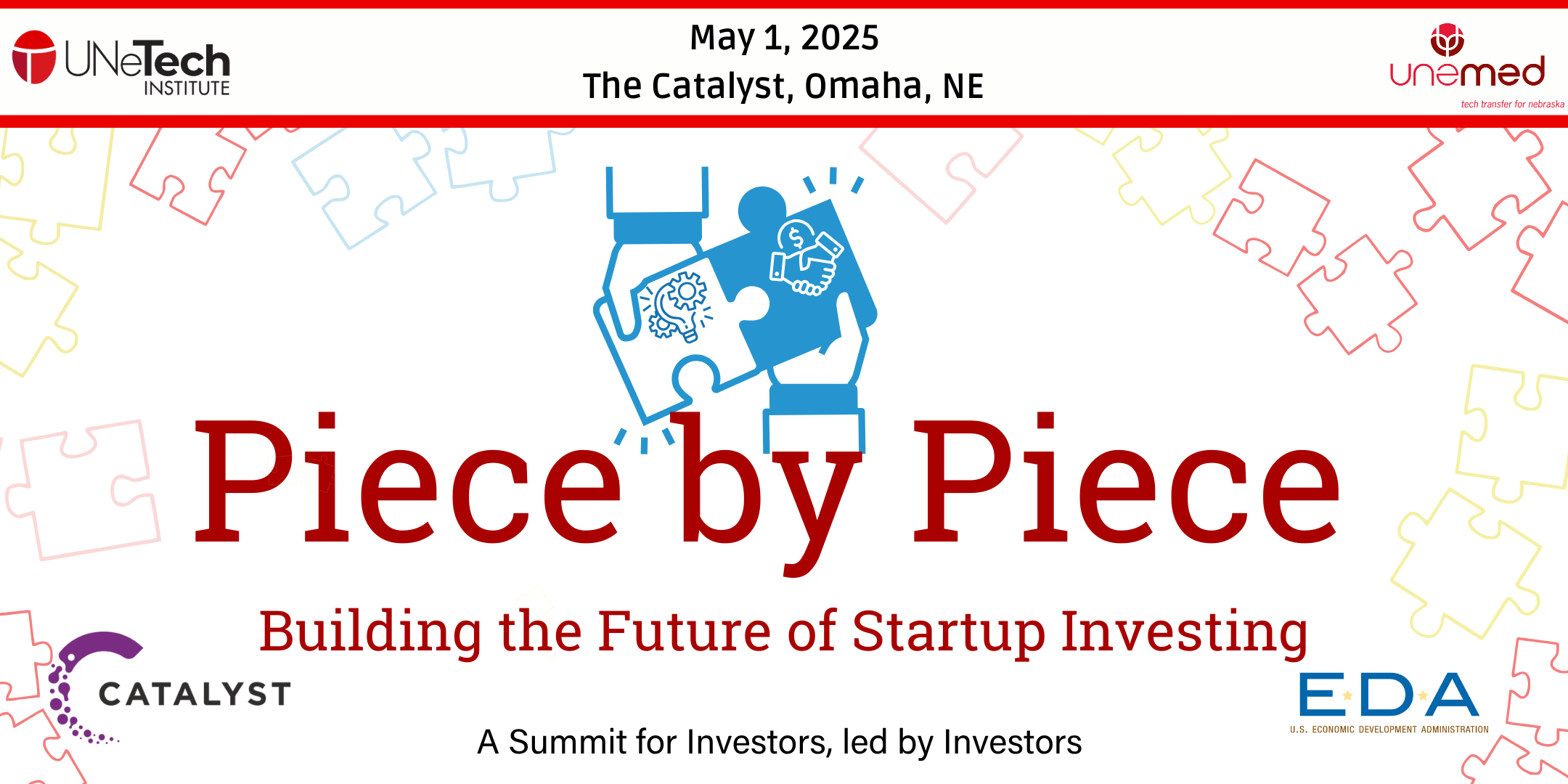This is the seventh and final installment of the “A” Word, Emily Truax’s series of articles on Agile. The rest can be found here, here, here, here, here and here.
Since we started our Agile rebranding adventure, our main focus has been on updating the terminology within the Agile Manifesto. We’ve updated the values with a fresh new take, using the fundamental elements of design to create a dynamic list of adaptable and adoptable concepts upon which we can build our own processes and procedures, tools and techniques. Now, it’s time to take that fresh new take and apply it to the Agile principles.
But first, it’s story time!
In my very first certification course, the instructor told us about the time he was training a logistics team in the military. The team had a motto on their wall describing their purpose, which was some long sentence about maintaining a consistent delivery structure, getting things to the right places—typical logistics goals that you could use for any logistics team in any part of the world. The instructor asked the team how they felt about their motto, and after some hesitation, discovered that the team unanimously ignored it.
Why? Because it was boring. It was uninspiring. But most importantly, it wasn’t their mission. The motto on the board was a sentence they’d read once and promptly forgot, despite its ever-present position in the middle of their workspace.
So, the instructor told them to change it, right then and there, before he would continue with any part of the course. After some back and forth, the team leader took a permanent marker, scribbled out the old motto, and wrote beneath it, “We keep people alive.”
The instructor congratulated them on their new mission statement and went straight into the next lesson. By the end of the course, the wall was repainted and the new mission statement was on prominent display with each of the team members signing their name below it in a show of approval.
That logistics team was laboring under a mission statement that—while it made perfect sense for the work being done—completely undermined the importance of that work. It focused on the responsibilities to the supply chain and the chain of command, all the while omitting the very real life-or-death consequences that could result in a missed shipment or delayed turnaround. The team had been following a motto that blatantly disregarded their true purpose as a team, and in so doing, they forgot the most important part of their job: to keep people alive.
Now, obviously, life-or-death consequences aren’t part of every industry or organization. But we all can recognize how important it is to have engaged and proactive teams. These teams understand their purpose and use it to drive themselves and each other into that coveted realm of high performance. They embody the strengths of self-motivation and self-organization. They support each other through the rough patches. They care about the journey as well as the destination, and they win or lose together.
There are countless ways of communicating what a team or group stands for. Principles, mottos, mission statements, team charters… They all fall flat if they don’t embody something that matters to the people who use them. And this is where many leaders fall flat as well: they don’t let the team build their own identity, their own brand. What better way to bring a team together than to have them create their own rallying cry?
This is why, instead of providing you a rewrite of the Agile principles, I am going to challenge you to come up with your own. The principles listed in the Manifesto are all basic methods of approaching work in an agile manner. If you’ve worked in agile spaces or studied any agile frameworks, you’ve seen these principles utilized in one way or another. But, again, these principles were written in the information technology zeitgeist of their time: the early 2000s. They have proven to be useful, but in our rebranding efforts, we want something more than useful. We want something with power, with purpose, with personal significance. We want our rallying cries.
As I’ve said in my previous articles, Agile is a mindset. It is a way of thinking. If you truly want to be successful as an agilist, you have to build your personal vision around what it means to be agile. Find your mottos for the work you do. Find the real value behind your everyday responsibilities. Find your ultimate goal. Whatever they are, as long as they embody the spirit of agile, they will serve you well.
And now our rebranding of the Agile Manifesto is complete. Thank you for joining me on this adventure, and stay tuned for my next series of articles focusing on agile practice and perspective, where we take this new foundational mindset out for a test drive.
Until then, fail fast, stay safe, and happy holidays!




